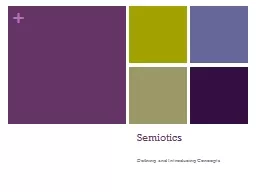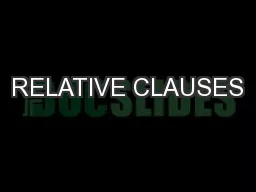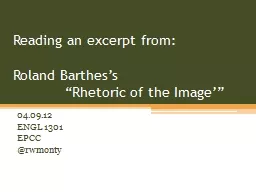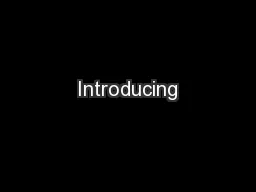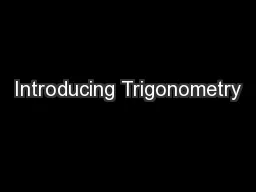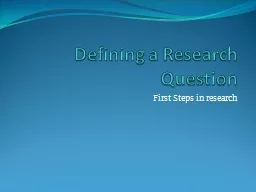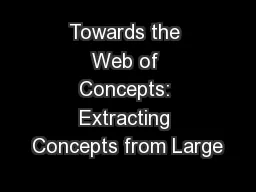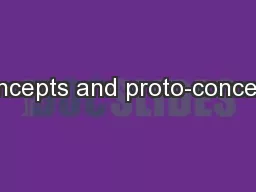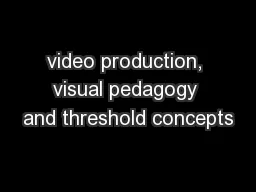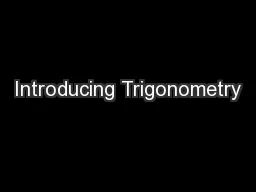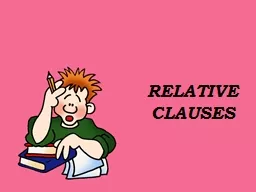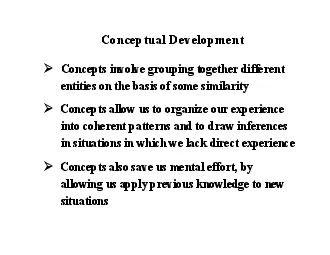PPT-Semiotics Defining and Introducing Concepts
Author : stefany-barnette | Published Date : 2018-03-17
Semiotics Semiotics is simply the study of signs As a culture we see and understand signs all the time stop signs open or closed signs signs telling us which is
Presentation Embed Code
Download Presentation
Download Presentation The PPT/PDF document "Semiotics Defining and Introducing Conce..." is the property of its rightful owner. Permission is granted to download and print the materials on this website for personal, non-commercial use only, and to display it on your personal computer provided you do not modify the materials and that you retain all copyright notices contained in the materials. By downloading content from our website, you accept the terms of this agreement.
Semiotics Defining and Introducing Concepts: Transcript
Download Rules Of Document
"Semiotics Defining and Introducing Concepts"The content belongs to its owner. You may download and print it for personal use, without modification, and keep all copyright notices. By downloading, you agree to these terms.
Related Documents

